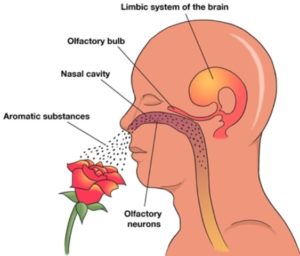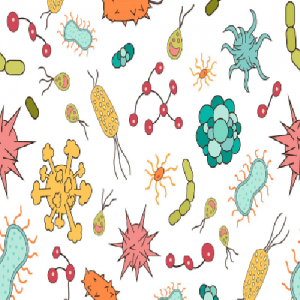From Nose to Brain – Neurology of Smell
The Neurology of the Smell
What’s remarkable about this that from the outside world to the highest level of brain tissue there are only two connections.
Limbic System the Emotional Brain
Aa complex system of nerves and networks in the brain, involving several areas near the edge of the cortex concerned with instinct and mood.
It controls the basic emotions (fear, pleasure, anger) and drives (hunger, sex, dominance, care of offspring).
Explanation of the Olfactory System:
This gives humans their sense of smell by inhaling and detecting odorants in the environment. Olfaction is physiologically related to gustation, the sense of taste, because of its use of chemoreceptors to discern information about substances. Perceiving complex flavors requires recognizing taste and smell sensations at the same time, an interaction known as chemoreceptive sensory interaction. This causes foods to taste different if the olfactory system is compromised. However, olfaction is anatomically different from gustation because it uses the sensory organs of the nose and nasal cavity to capture smells. Humans can identify a large number of odors and use this information to interact successfully with their environment.







